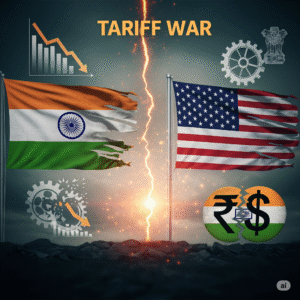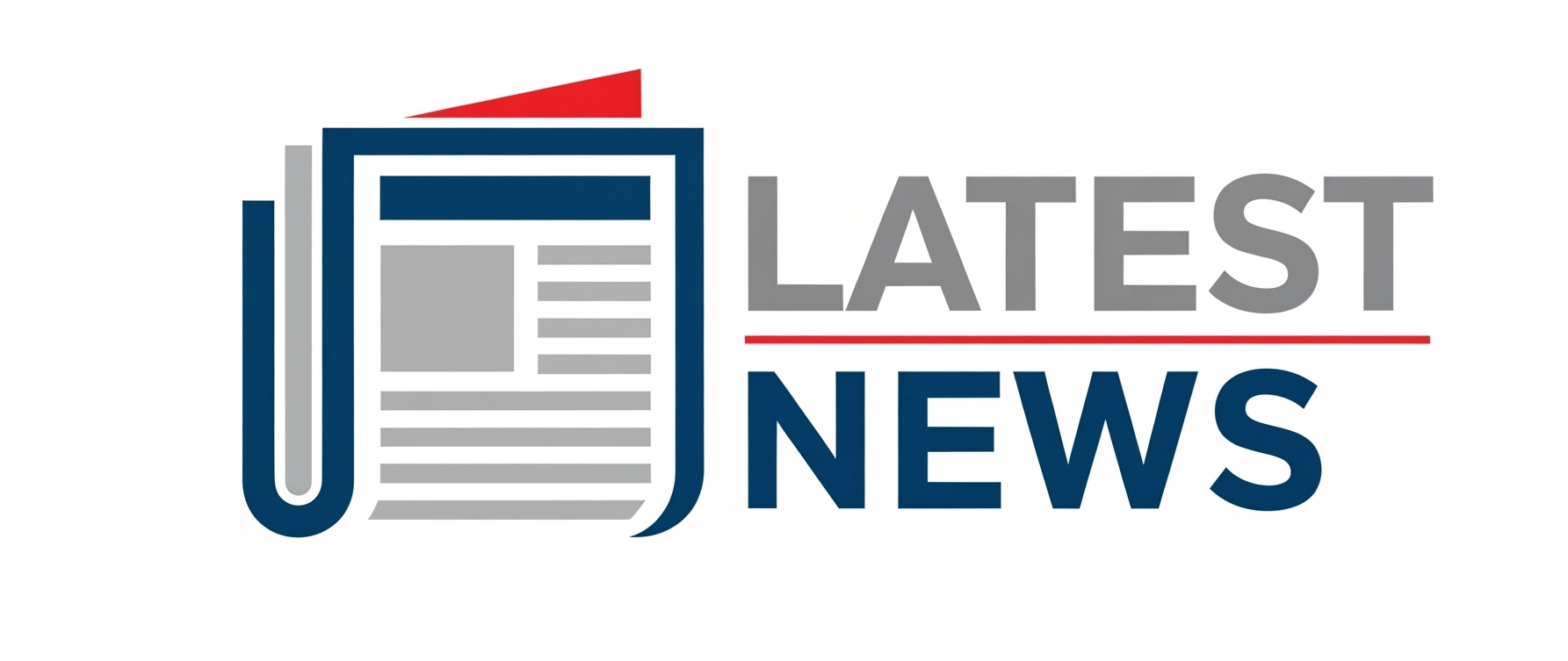On August 6, 2025, U.S. President Donald Trump signed an executive order imposing an extra 25% tariff on Indian imports in response to India’s continued purchasing of Russian oil. This penalty, layered atop a previously scheduled 25% tariff, brings total duties to a staggering 50% on most Indian goods.
The new tariff takes effect 21 days from the order, i.e. August 27, 2025, with exemptions for goods already in transit or consumed before September 17 .

While the new tariff broadly applies to Indian exports, key sectors expected to bear the brunt include:Garments & Apparel / Textiles
Gemstones & Jewelry
**Electronics (excluding certain exempt items)**
Marine Products
Other labor-intensive manufacturing goods
Although earlier protective measures exempted pharmaceuticals and electronics from some tariffs, analysts warn even these sectors may face indirect ripple effects.
APIs / Pharmaceuticals – 50%
Textiles & Apparel – 50%
Steel & Aluminum – more than 50%
Auto Components – 50%
Mid‑range Electronics –
Gemstones & Jewelry – 52.1%
Marine Products – 58%
Textile-related leather goods – 50% and above
Processed agri‑products – 50%
Note: Some sectors had exemptions or different effective caps; total rates may be capped at 50% for legal consistency .
India’s Ministry of External Affairs condemned the move as “unfair” and “selective”, pledging all necessary measures to protect national interests .
Opposition leaders and trade bodies called it “economic blackmail”, warning of downturns in export industries and GDP revises .
Indian Commerce Ministry reaffirmed its reliance on market signals for Russian oil imports and asserted India would not be coerced into policy change .
Implications for Trade and Diplomacy
With tariffs now reaching 50%, India faces higher trade risks, especially in export-heavy sectors.
Bilateral talks and trade negotiations (including the stalled FTA) may further weaken amid escalating tensions.
India is expected to accelerate trade diversification efforts toward the EU, ASEAN, and Africa.
Federation of Indian Export Organisations (FIEO)
Called the tariffs “extremely shocking” and warned that they could severely harm MSMEs, particularly since around 55% of Indian shipments to the U.S. are now subject to these duties.
Chamber of Trade and Industry (CTI)
Highlighted how Indian exporters and traders are caught in a bind and strongly urged the government to take countermeasures, including retaliatory tariffs. The CTI chairman wrote to PM Modi emphasizing the need for swift, strategic action.
Federation of Indian Chambers of Commerce and Industry (FICCI)
Expressed disappointment over the initial 25% tariff and secondary sanctions. Still, FICCI remains hopeful that this will turn out to be a short-term setback, and that a permanent trade agreement will help set things right.
Confederation of Indian Industry (CII)
Emphasized preparedness for any outcome. CII stressed that any trade deal should not compromise national interests, and only agreements that are mutual win-win will be supported.
PHD Chamber of Commerce and Industry (PHDCCI) Offered a more measured outlook, indicating the tariffs’ macroeconomic impact would be negligible—projecting only a 0.19% dip in GDP and a 1.87% decline in exports. The PHDCCI recommended four strategic responses, including better market penetration, product co-development, export diversification, and value addition.
Confederation of Indian Textile Industry (CITI) and FIEO
CITI flagged urgency and uncertainty for the textiles and apparel sector, worried about India losing its competitive advantage.
FIEO’s DG cited confusion over penalty clarity, which is making planning and pricing difficult—yet expressed cautious optimism for a bilateral trade agreement (BTA).
Apparel Export Promotion Council (AEPC)
Noted the tariff won’t be a major concern if competing countries’ tariffs (like Vietnam, Bangladesh) stay unchanged, but export momentum is likely to stall until an interim BTA is in place.
Tourism expert Subhash Goyal branded it “a sad day for Indian exports,” warning of slower exports and advocating diversification.
Ranjeet Mehta (PHDCCI) countered with optimism, believing India could emerge stronger amid global supply chain shifts.
From the U.S. side, this move aligns with Trump’s broader policy linking energy sourcing and national security to trade penalties.
The August 6, 2025 oil-related tariff deepens the Indo-U.S. trade discord, marking a significant shift from earlier tariff rounds. With total levies up to 50% and multiple high-impact sectors affected, Indian exporters and policymakers face urgent pressure to adapt. Dialogue in the next few weeks could determine whether this escalates into a full-blown trade war or becomes leverage for negotiation.
